Prevention and Diagnosis of Infection
- Microbiologic studies are critical for characterizing infections. Gram stains and cultures of wound tissue, pus, sputum, urine, and drainage effluent are generally very useful. Identification of not only the particular organism involved but also of its specific antimicrobial susceptibility has become common practice in most hospital clinical laboratories.
- Treatment of CAUTI requires removal or change of the catheter along with systemic antimicrobial therapy. The predominant microorganisms causing CAUTI in the ICU are enteric gram-negative bacilli, Candida species, enterococci, staphylococci, and Pseudomonas aeruginosa. Multidrug resistance is a significant problem in urinary pathogens

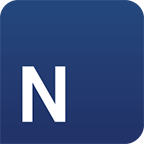

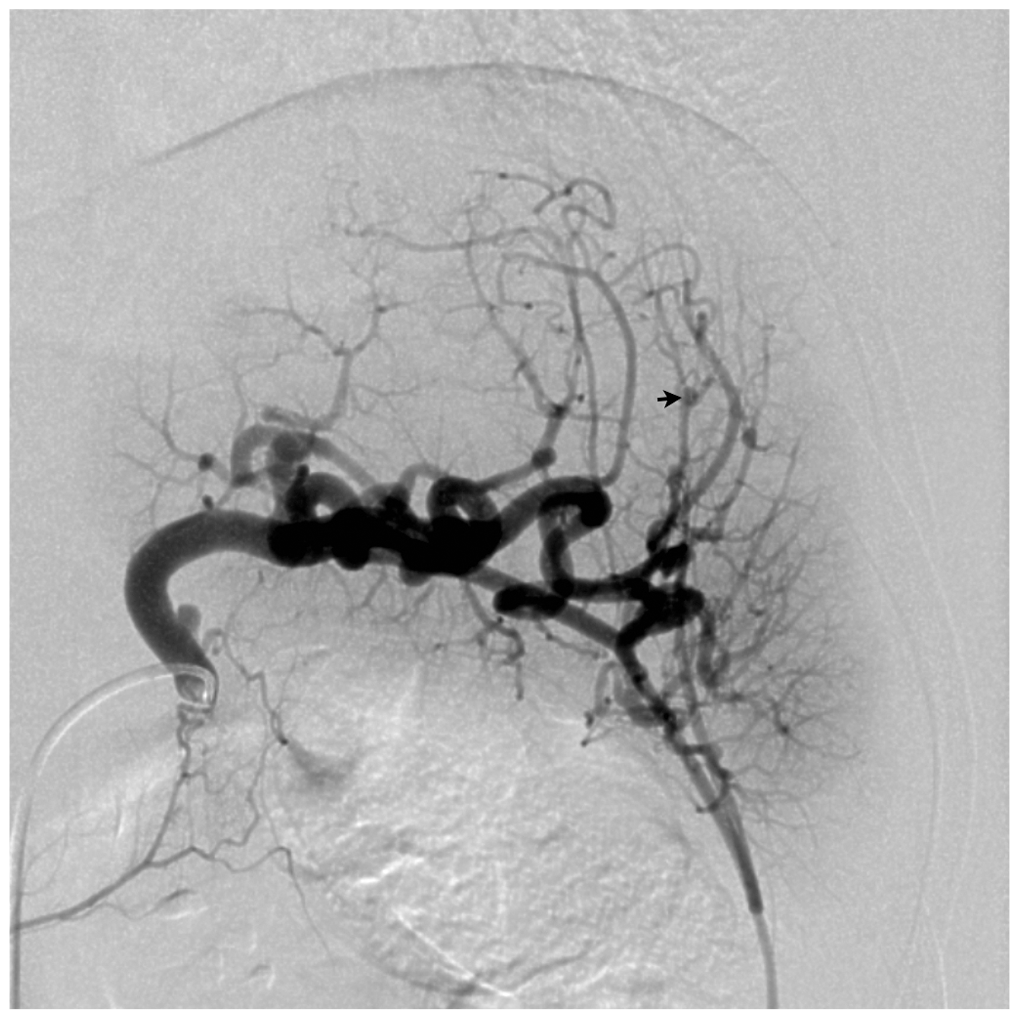
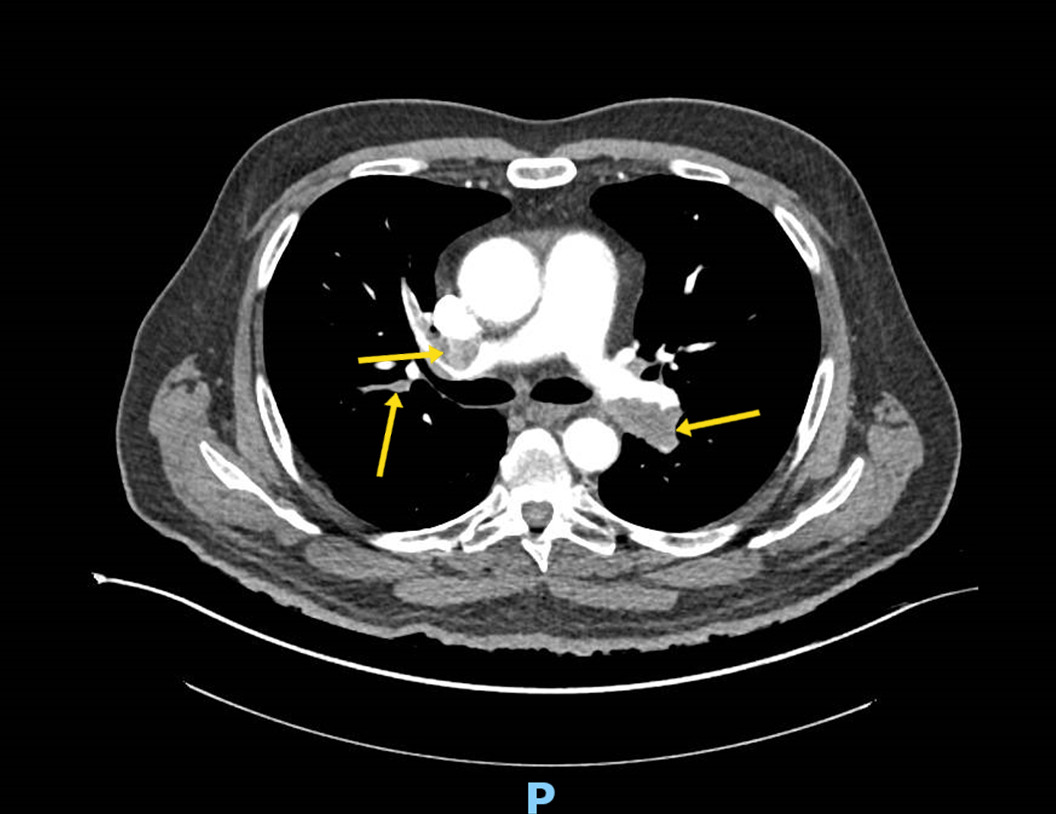
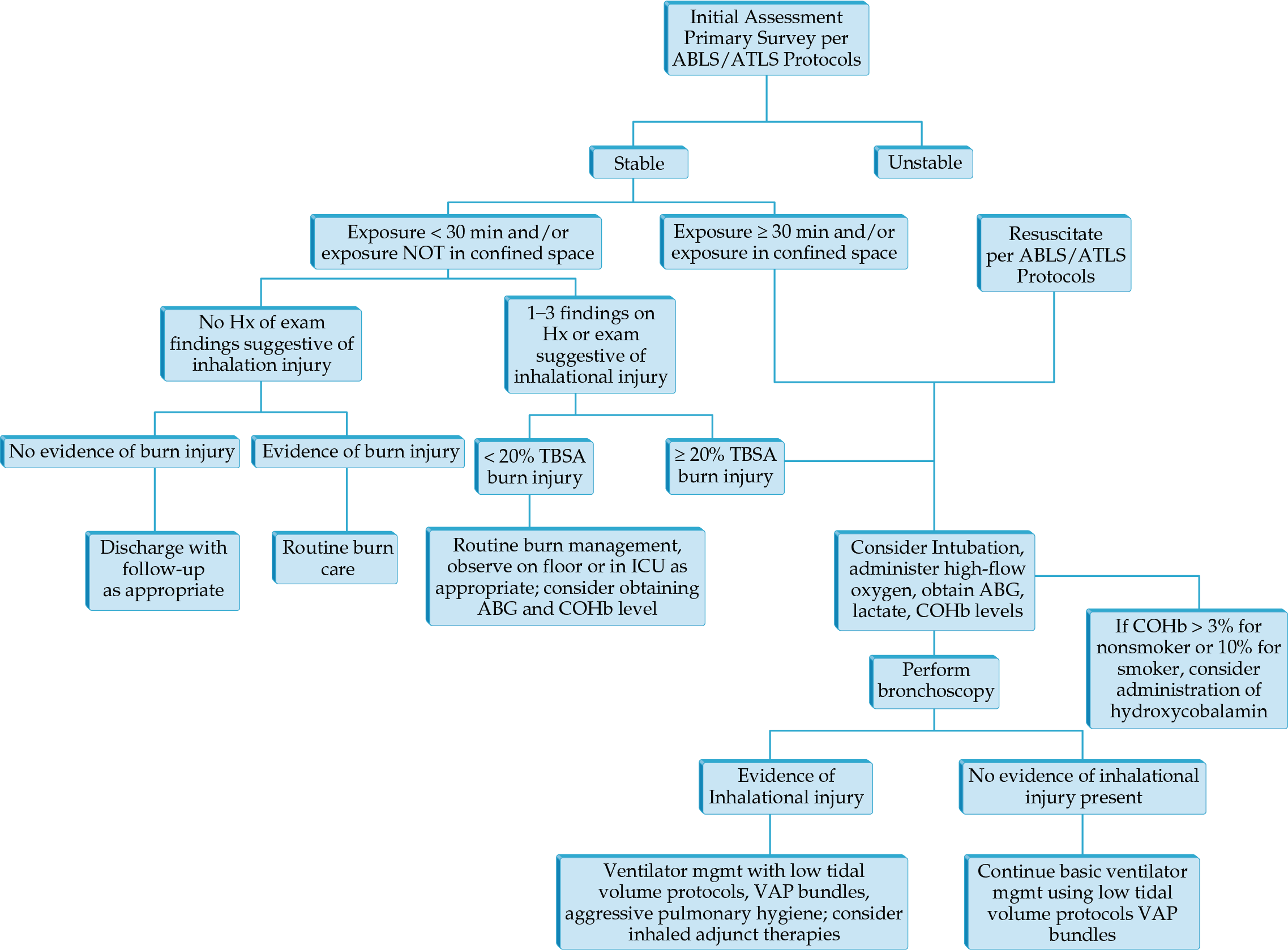
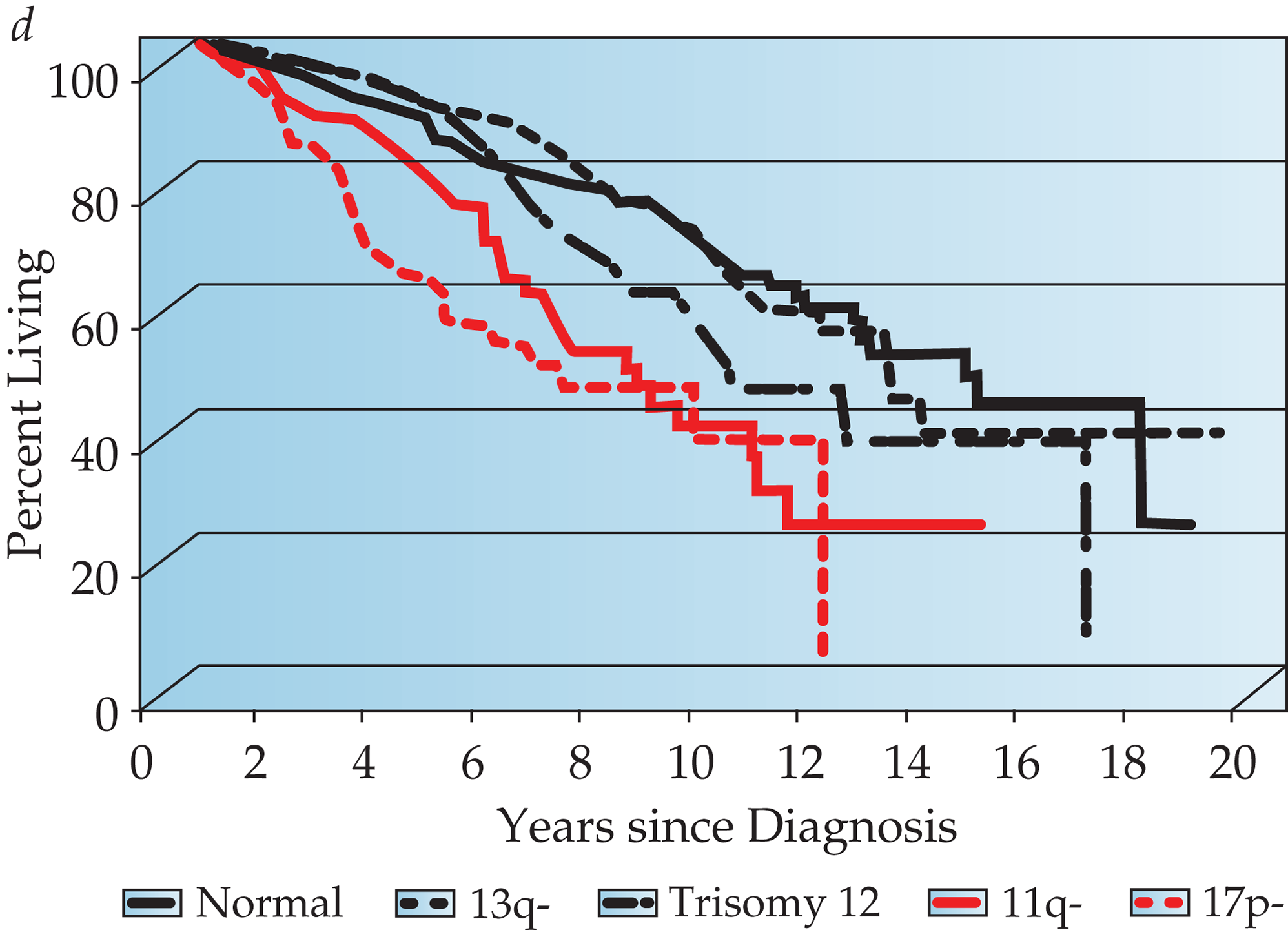

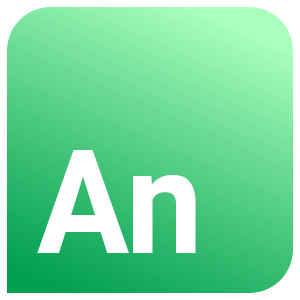
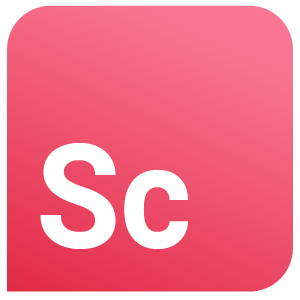
.png)






